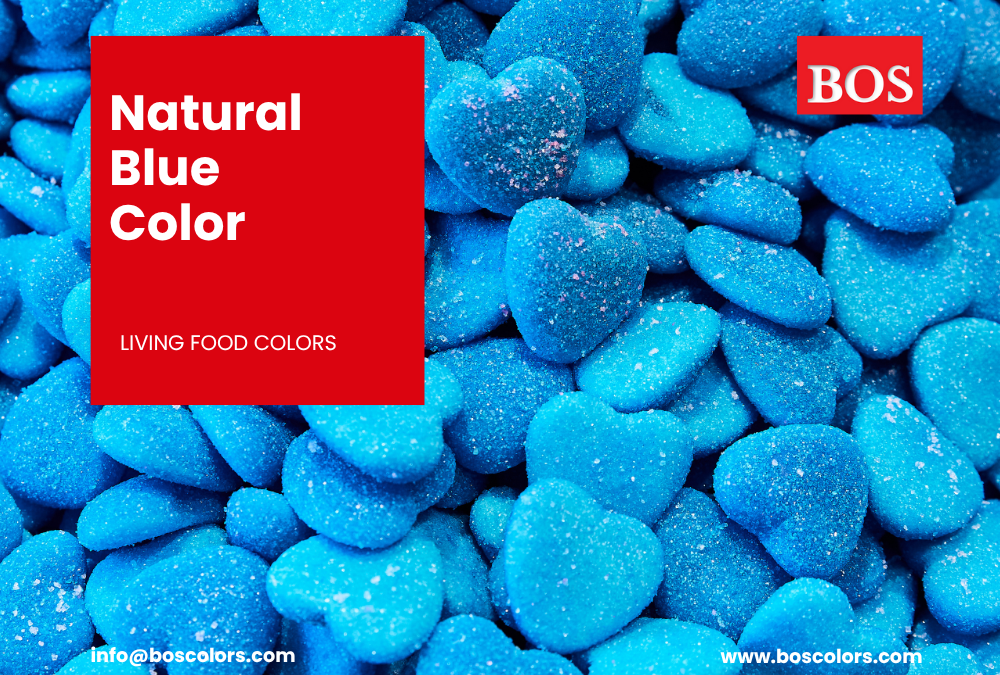
FDA Approves Gardenia Blue: A New Era for Natural Food Color
The U.S. Food and Drug Administration (FDA) has officially approved Gardenia Blue (specifically, Gardenia Genipin Blue) as a safe color additive for use in a wide range of foods and beverages. Extracted from the fruit of the Gardenia jasminoides plant through a natural reaction involving the compound genipin, this vibrant blue dye marks a pivotal moment in the evolution of food colorants—ushering in a cleaner, safer, and more sustainable future for the food industry.
Why Gardenia Blue Matters
Though Gardenia Blue has long been used in traditional Asian cuisine, this is the first time it has been fully approved for widespread commercial use in the U.S. food market. It fills a critical gap in natural food coloring options by offering:
- A bright, stable blue hue that holds up well under processing conditions such as heat, light, and pH variations.
- A plant-based, clean-label alternative to artificial dyes.
- A solution to increasing consumer demand for recognizable and trustworthy ingredients.
This approval is more than just a regulatory green light—it’s a clear sign that the FDA is aligning itself with the growing consumer movement toward food transparency and naturally derived additives.
The FDA’s Broader Message: Rethink Artificial Dyes
The FDA’s approval of Gardenia Blue coincides with its renewed efforts to phase out synthetic dyes, most notably FD&C Red No. 3. Once permitted in both foods and cosmetics, Red No. 3 has already been banned from topical products due to safety concerns and is now on track for removal from food applications. While it hasn’t been officially banned in food yet, the FDA’s direction is unmistakable: the future lies in safer, more natural alternatives.
By greenlighting Gardenia Blue and reevaluating the safety of synthetic dyes, the FDA is reinforcing its commitment to public health and encouraging innovation in natural ingredient development.
A Win for Manufacturers and Consumers
For food manufacturers, the arrival of Gardenia Blue is a significant advantage. Its exceptional stability under manufacturing stresses makes it versatile enough for a wide array of products—from confectionery and cereal to yogurt, baked goods, and beverages.
This means manufacturers no longer have to compromise between aesthetic appeal and clean labeling. Gardenia Blue supports both, enabling brands to deliver vibrant visuals while maintaining ingredient lists free of synthetic additives.
For consumers, this approval signals more than just a new color on the shelf—it represents a shift toward food safety, sustainability, and transparency. As clean-label eating becomes mainstream, ingredients like Gardenia Blue provide the assurance of natural sourcing and scientific validation.
Backed by Science and Safety
The FDA’s approval followed a thorough scientific review, including extensive toxicology data, chemical analysis, and exposure assessments. The conclusion: Gardenia Blue poses no significant health risks when used within established limits. This rigorous evaluation ensures that the dye is not only effective but safe for consumers of all ages.
What’s Next?
With Gardenia Blue now cleared for use, food developers, scientists, and chefs have a powerful new tool in their palette. It opens the door to:
- More naturally colorful products without compromising performance.
- Greater culinary innovation using plant-based pigments.
- Sustainable sourcing practices that appeal to environmentally conscious buyers.
- A continued industry-wide transition away from artificial additives.
This moment is about more than just color. It’s about creating a food system that’s healthier, safer, and more aligned with consumer values.
Final Thoughts
The approval of Gardenia Blue marks a watershed moment in food innovation. It’s not just a new color—it’s a symbol of progress. With regulators, manufacturers, and consumers increasingly aligned in their desire for clean, natural, and safe ingredients, Gardenia Blue is poised to become a cornerstone of the next generation of food products.

